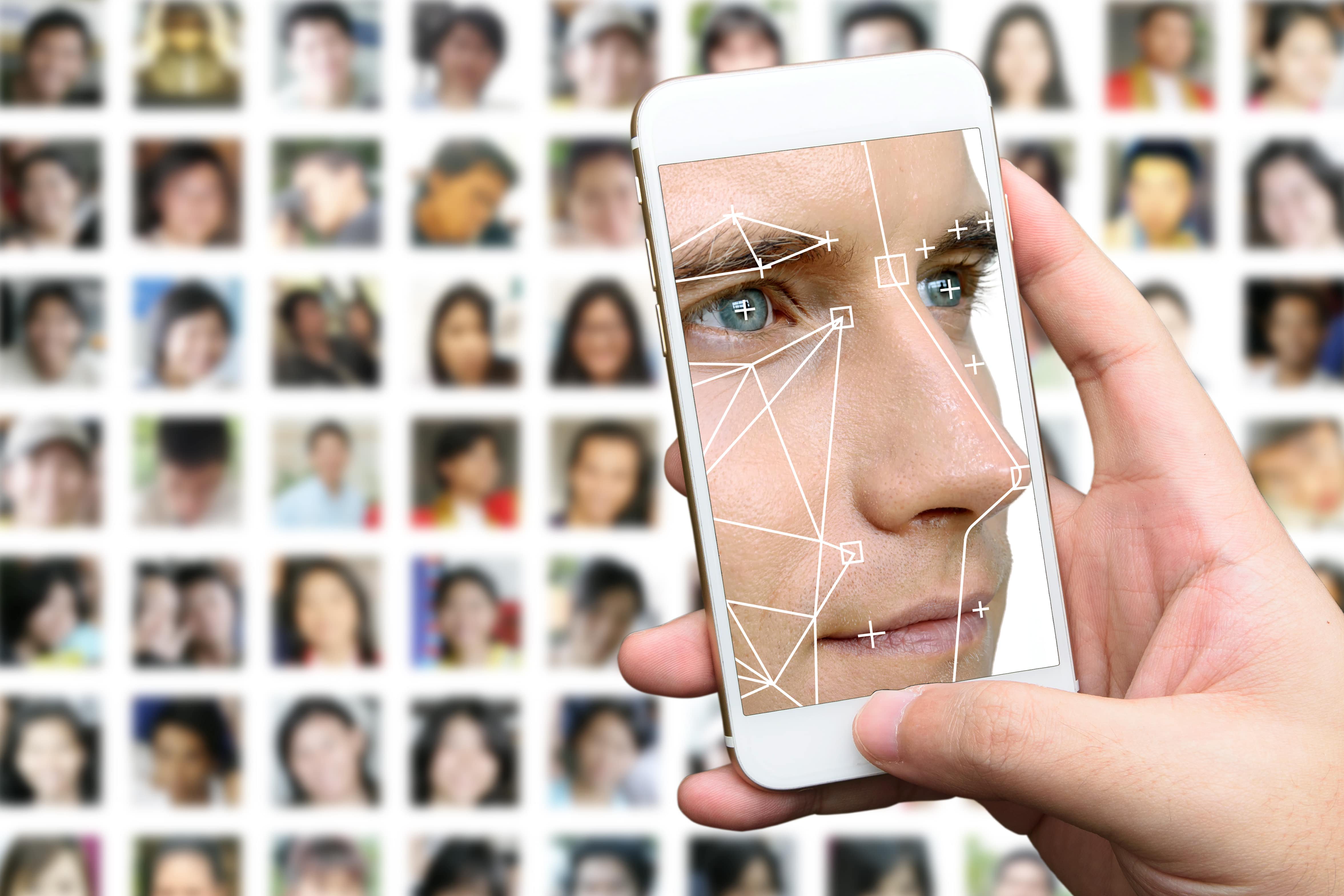Observing Assisted Machine Learning in Action
While machines are getting smarter and smarter every day, they have their human creators to thank for their growth in intelligence. Assisted machine learning is the most popular development method used today and it requires help from people to find out what they need to learn. Let’s take a closer look at assisted machine learning and as well as how it works in practice.
What is Assisted Machine Learning?
Deep learning can occur in three possible forms: assisted, unassisted, and reinforced. All of these categories require deep explanations so today we will focus on assisted learning. This requires human data annotators to label everything the machine needs to learn from an image or text. Since machines are receiving assistance from people, that’s where this form of learning gets its name. The annotation itself can be in many different forms such as semantic segmentation which is linking each pixel in an image to a class label or text annotation which we will take a look at later on.
Interestingly enough, machines have made such leaps in their learning over the past couple of years, that they no longer require humans for simple forms of annotation such as 2D bounding boxes and tagging. Still, the most advanced products on the market today require other forms of annotation that still require help from humans. Let’s take a look at some of the products that are created with assisted machine learning.
Computer Vision in Drones
Drones by themselves are fairly advanced technology, but it is a computer vision that helps them avoid objects while in the air and keep moving on the right path. One of the most interesting uses of drones along with computer vision is in the agriculture industry. Farmers are always looking for new methods to grow the most crops and increase revenue and computer vision allows them to survey the land and identify tunted crops, signs of pest or weed damage, arid conditions and other factors that reduce crop yield. Without such equipment, it would be impossible to go around all of the fields and manually inspect all of the crops.
Voice and Personal Assistants
We all have encountered a virtual personal assistant such as Siri, Alexa, Cortana, and many others. This technology has come along quite a bit since IBM introduced the first virtual assistant in 1994 called IBM Simon. Back in the mid-1990s, if you wanted to have this cutting edge technology you would have to pay $1,100. By today’s standards this is an outrageous price to pay for a device with such limited functionality, but the reason that virtual personal assistants have become so affordable and accessible to everybody is because of advancements in machine learning.
Over the past couple of decades, human data annotators have been assigning certain tags and categories to the text, highlighting the keywords with metadata to make it easier for the machine to understand the sentence and many other techniques. As time went on, the machines became better at understanding human speech, and nowadays personal assistants like Alexa don’t even come with a touch screen to input your request. That’s how advanced technology has become.
Smart Photo Tagging
When you upload a photo of yourself with a friend to Facebook, it automatically offers you the opportunity to tag that person without having to ask you who the person is. The reason is that Facebook uses facial recognition technology to identify any user on the platform just from the picture alone. This technology also requires human assistance because the data annotators need to place points along with the person’s facial features so that computers could read the geometry of the person’s face.
How does this look in practice? Consider the following scenario: police databases have a picture of at least 117 million Americans. Additionally the FBI has access to 412 million facial images to search from. Advanced facial recognition systems used by law enforcement can calculate a “facial signature”, compare it with the database of images and identify the person in the picture in a few seconds.
Mindy Support Is Committed to Facilitating AI Development
At Mindy Support, we understand that the volume of data needed to train machine learning algorithms can be massive and it will be difficult for organizations to keep up with development and annotation efforts. We are always ready to help companies take the burden of data annotation off their shoulders regardless of the type of annotations they need. We have an extensive track record of actualizing all kinds of AI and machine learning projects and can assemble even the most sizable team quickly without sacrificing quality.






